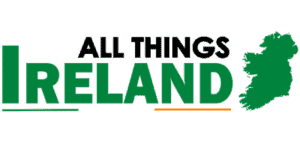The Dara Celtic Knot
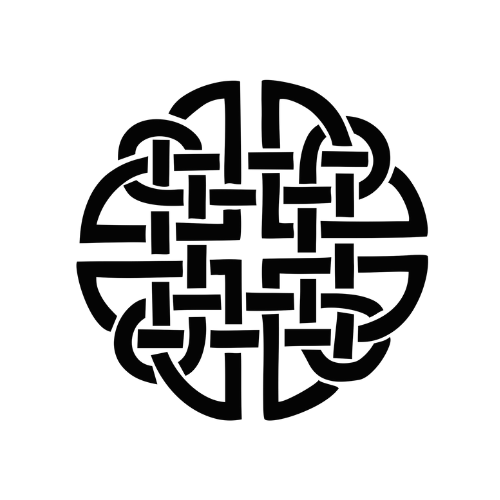
Thousands of years ago Celtic symbols like the Dara knot were brought to Ireland by The Celts. The Dara Celtic knot is one of the most popular Irish symbols derived from the island’s Celtic heritage. It is one of the famous signs from Celtic art, and each Celtic symbol has a different meaning from the other.
Celts are the people who lived in Western Europe and Britain between 500 BC and 400AD. Geographically, Celts were the largest group of people to inhabit ancient Europe. Ireland contributes to the rich culture and history related to the ancient Celts. Various symbols and signs were used by Ireland Celts. These songs were so important to them and they held incredible, specific, and powerful meanings in the lives and culture of the Celts.
Consequently, the stories behind these signs and symbols have been passed down from one generation to another, hence allowing the continued existence of their rich heritage. The knots are probably one of the symbols that pop up in our minds whenever we think about Celtic symbols.
The Dara Celtic Knot Meaning
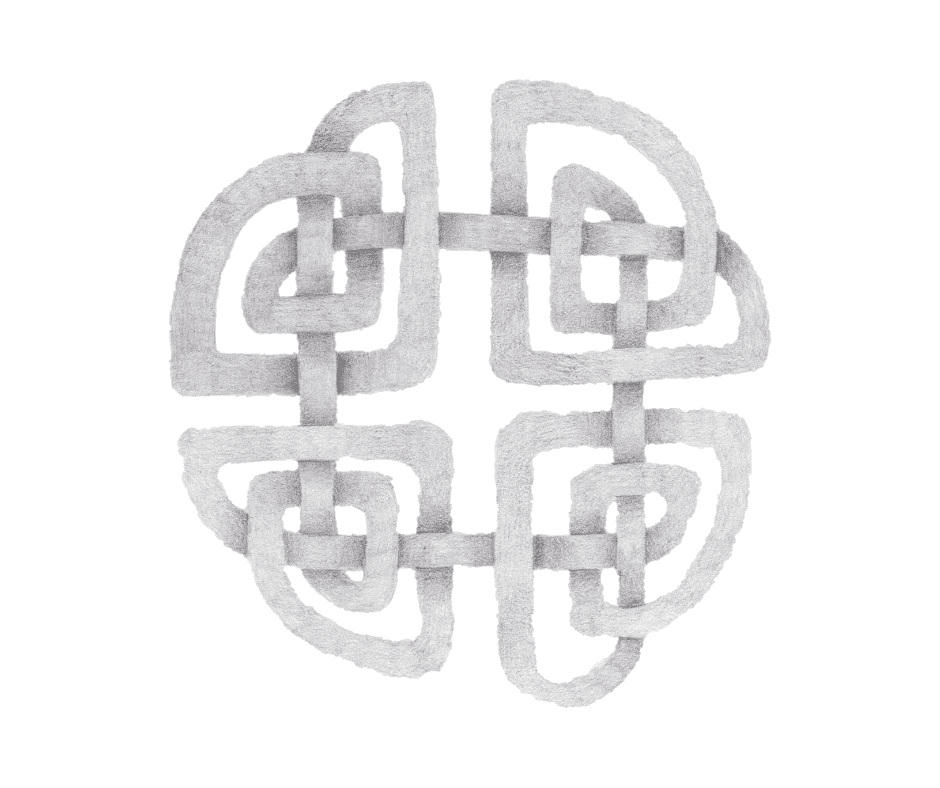
The meaning of Celtic knots has changed a lot with the passage of time. This symbol boasts an interlaced design and a name that is basically an Irish word ‘Doire’ meaning “oak tree”. Oak was considered a symbol of wisdom, strength, endurance, and power. Oak is also regarded as the “King of the Forest”.
However, The Dara Celtic knot is available in a variety of ways but generally is meant to symbolize the root system of an oak tree. It is a modern creation but according to the point of view of many people, it is an alternate and more complex version of the Quaternary knot.
The knot encourages people to stay united even in tough times so that they can easily overcome the challenges and difficulties of life. It also aims to set a reminder for human beings so that they can always feel the presence of divine inner strength that helps them in gaining stability during tough and trying situations.
Design Of The Dara Celtic Knot
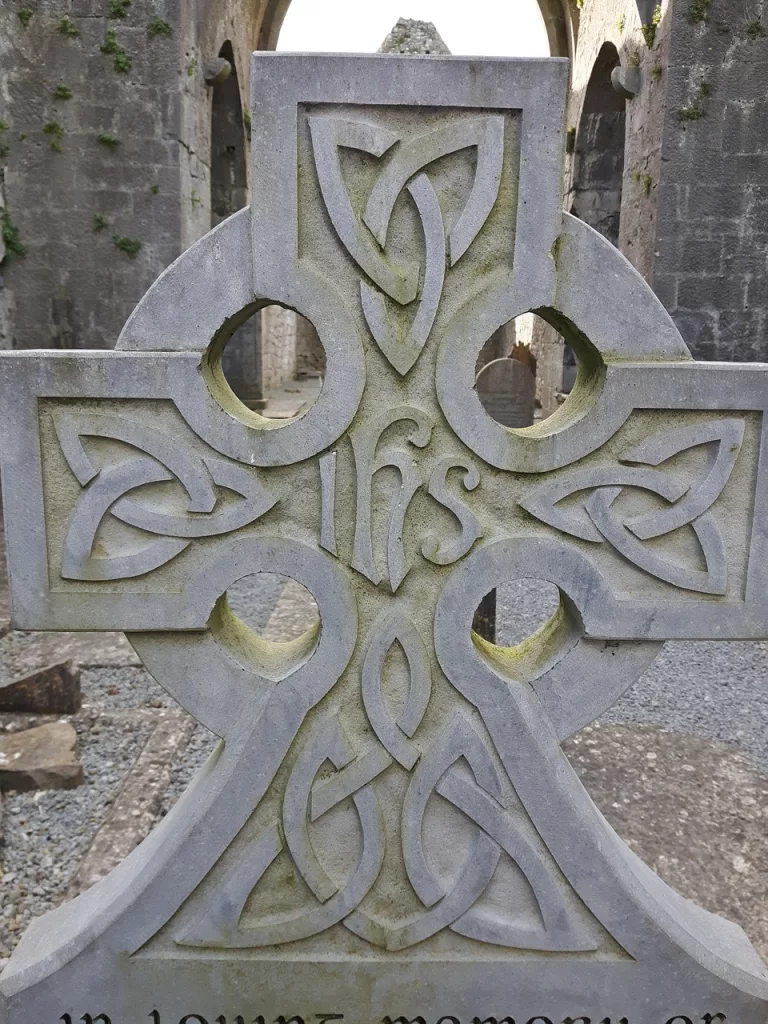
The Dara Celtic knot is made up of intertwined lines and they don’t have any beginning or end. Dara Celtic Knot doesn’t have a single design but all the versions revolve around the standard theme of the oak tree and its roots. The Celtic knots have gained much popularity throughout the world. Celtic knots that are modernized now may contain several other interlaced patterns like spirals, keys, steps, braids, and plaits in order to represent a colourful, rich, and intricate sign.
The dominant creations on which Celtic knots are based are seven in number. These seven dominant creations include men, plants, mammals, birds, insects, reptiles, and fishes. Each of these creations is represented by a specific derivation, and thus different Celtic knots have different meanings.
But the symbolization of a never-ending lifecycle is one of the most common attributes of all Celtic knots. Actually, the interweaving of the knots represents perpetuity and all surrounding life which includes past, present, and future. Each loop in the knot indicates the phenomenon of how an individual is interwoven into all areas and dimensions of life.
A Symbol For Strength
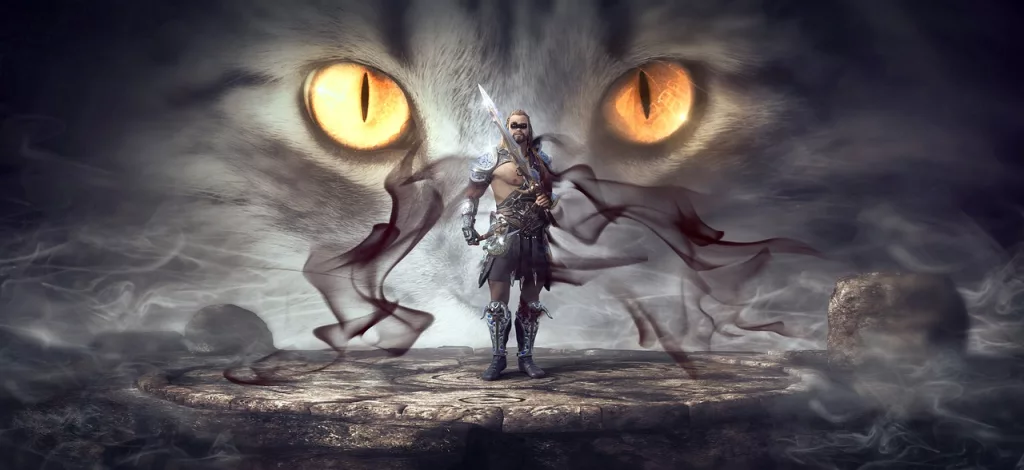
As the Dara Celtic knot is a symbolic representation of inner strength. This is because of its association with nature and oak trees. Ancient Celts used to call upon the symbol to get strength and inner wisdom in difficult situations.
Actually, the oak tree used to be considered very sacred by the ancient Celts and it was used by them to derive meaningful stories and lessons in their daily lives. The oak tree was a symbol of strength, wisdom, power, leadership, endurance and destiny for them.
Other Uses Of The Dara Knot
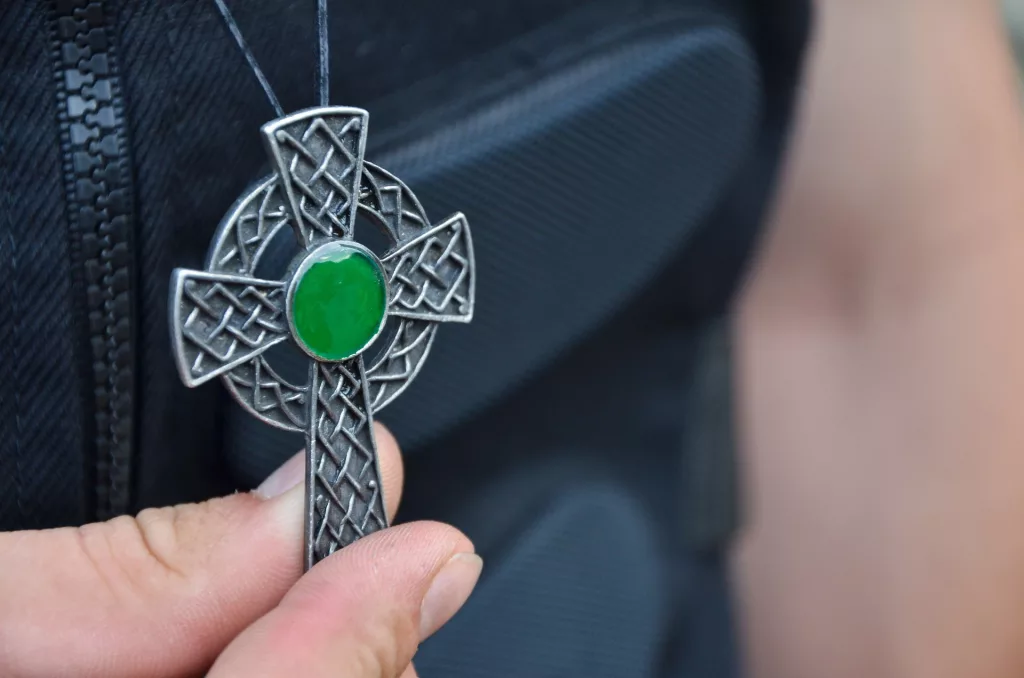
Celtic knots were used for different purposes like decorations. People also used to use them as spiritual charms as well as teaching aids. Most pieces of Celtic jewellery have knots featured on them. Dara knots were also used by the ancient Celts for the ornamentation of Christian monuments and temples in the eighth century.
Most people believe that the main purposes of Celtic knots were secular and religious. People also used to frame the tattoos of Dara Celtic Knot and put it somewhere where they could see it to get an extra push to hold on. They also walked around with confidence, assured that they were carrying dominant traits within them.
History Of Dara Celtic Knot
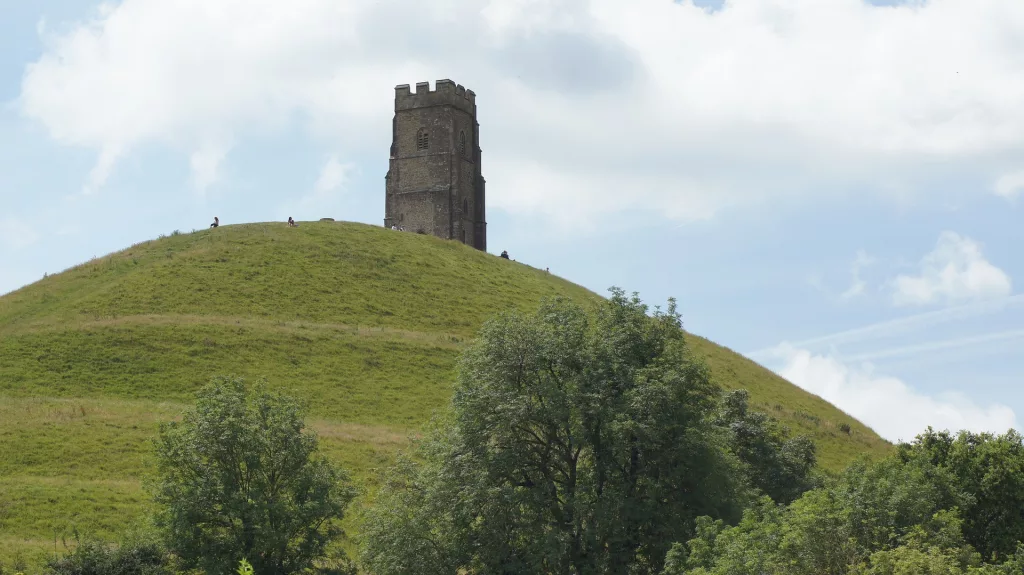
The interlaced patterns, as seen on the Dara Centric know are originally from the late Roman Empire. Evidence from the Roman Floor mosaics has concluded that the appearance of the knot patterns occurred in the third and fourth centuries.
Artistic developments led to the use of interlaced knot patterns in Byzantine architecture, book illumination, Celtic art, Coptic art, and Islamic art. Spirals, step patterns and key patterns were dominant themes in Celtic art before the influence of Christians on Celts. With the passage of time, these designs found their way into early Christian artwork and manuscripts with the incorporation of the portrayal of life including animals, plants, and even humans. Plaits (intricate interwoven cords) were also found in other countries of Europe, such as Italy, in the 6th century. A piece of a Gospel Book, now which is present in the Durham Cathedral library and was created in northern Britain in the 7th century, has the first example of true knotted designs in the Celtic manner.
Celtic artistry has undoubtedly stood for a long period of time. Celtic signs and symbols are being used by many people who want to learn about the ancient Celts and the rich Irish heritage and culture. In particular, people are using Celtic Dara knot designs in several ways in order to convey a variety of meanings, and for the purpose of decoration on numerous pieces of jewellery.
If a person decides to create a design of his own or try to wear it, he will be helping to carry and escalate a long and noble tradition.
Go Raibh Maith Agat
Please consider making a donation to help me keep the website running You can donate with Paypal or your credit or debit card
Would you like to join my All Things Ireland Facebook group and like my Facebook page!!
Check out some other posts below
Celtic Symbols Of Ireland Explained
The Claddagh Ring Explained And Its Meaning
The Celtic Cross Meaning and Explained (by an Irish lad)
The Trinity Knot Celtic Symbol Meaning and Explained
The Warmest Night Ever On Record In November In Ireland
Recent Posts
Unraveling the Enigma: Exploring the History and Symbolism of Celtic Knots
The Origins of Celtic KnotsThe intricate artistry of Celtic knots holds a rich history that dates back centuries to the Celtic tribes of ancient times. These ancient peoples, with their strong...
Researching Budget-Friendly Accommodation OptionsWhen planning a budget-friendly trip, one of the key aspects to consider is finding affordable accommodation. Start your search by exploring options...
